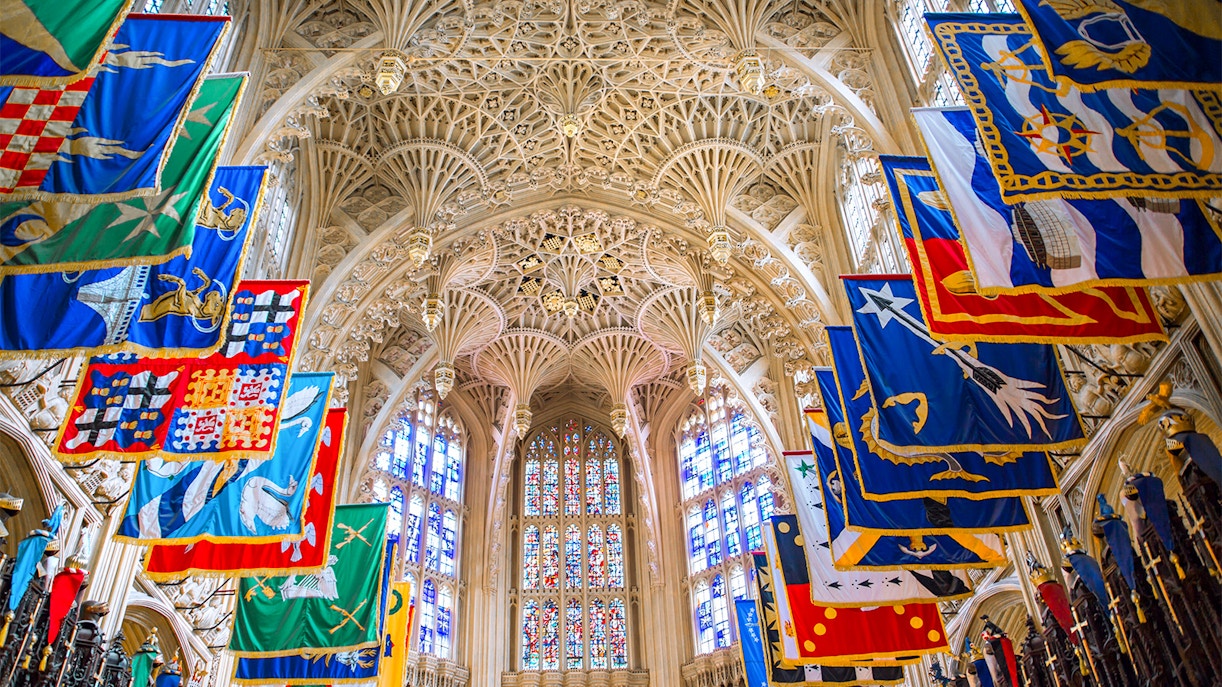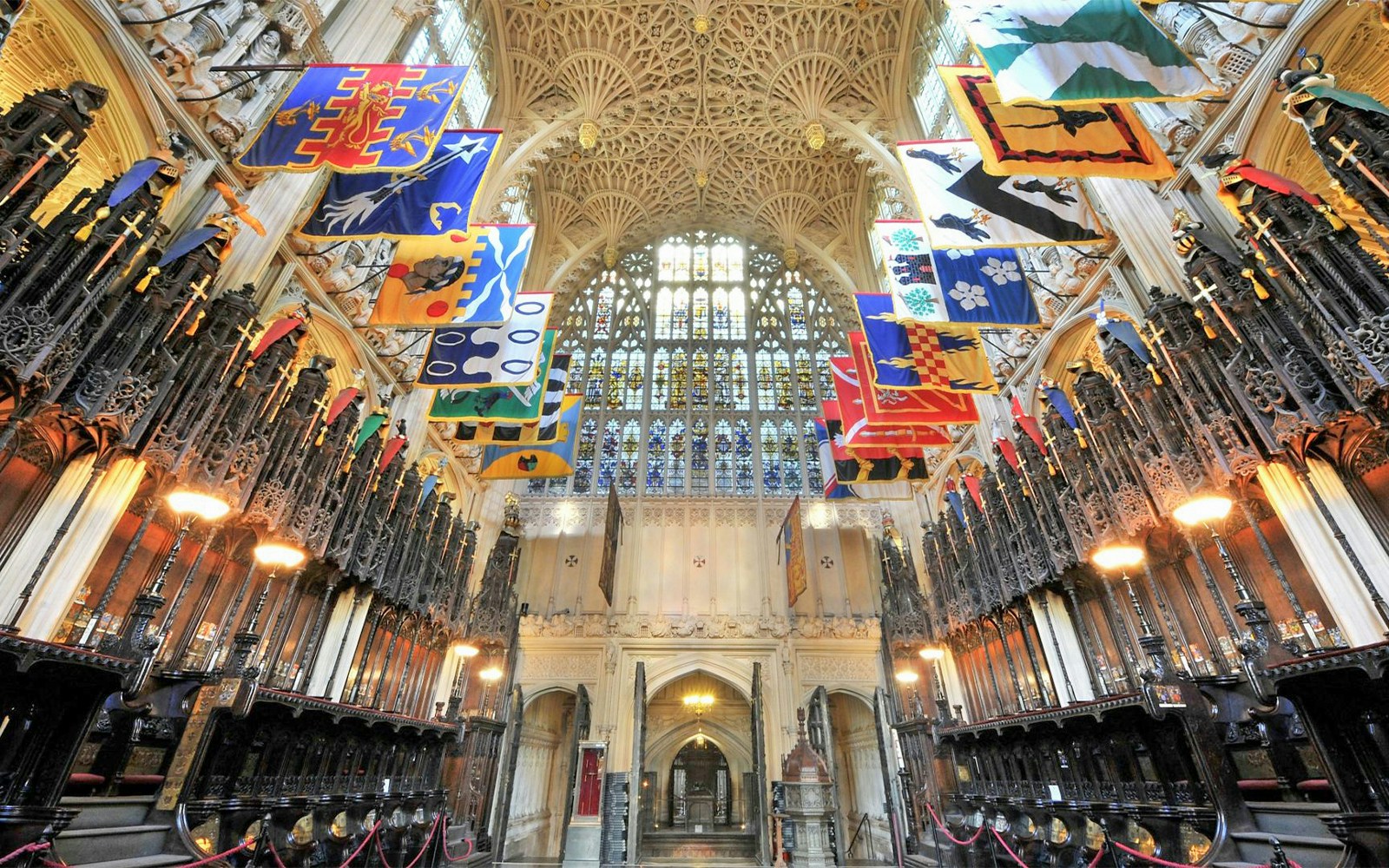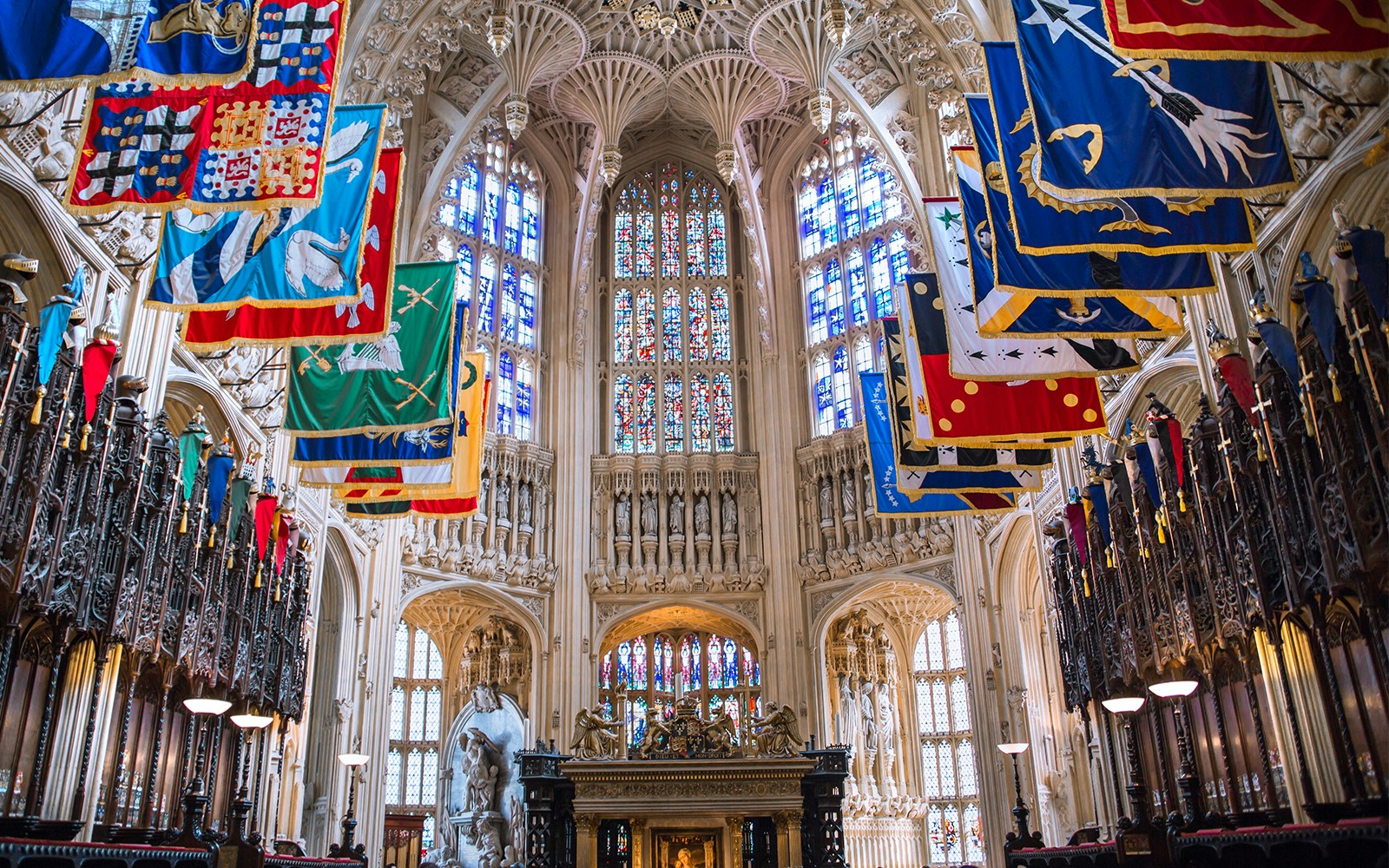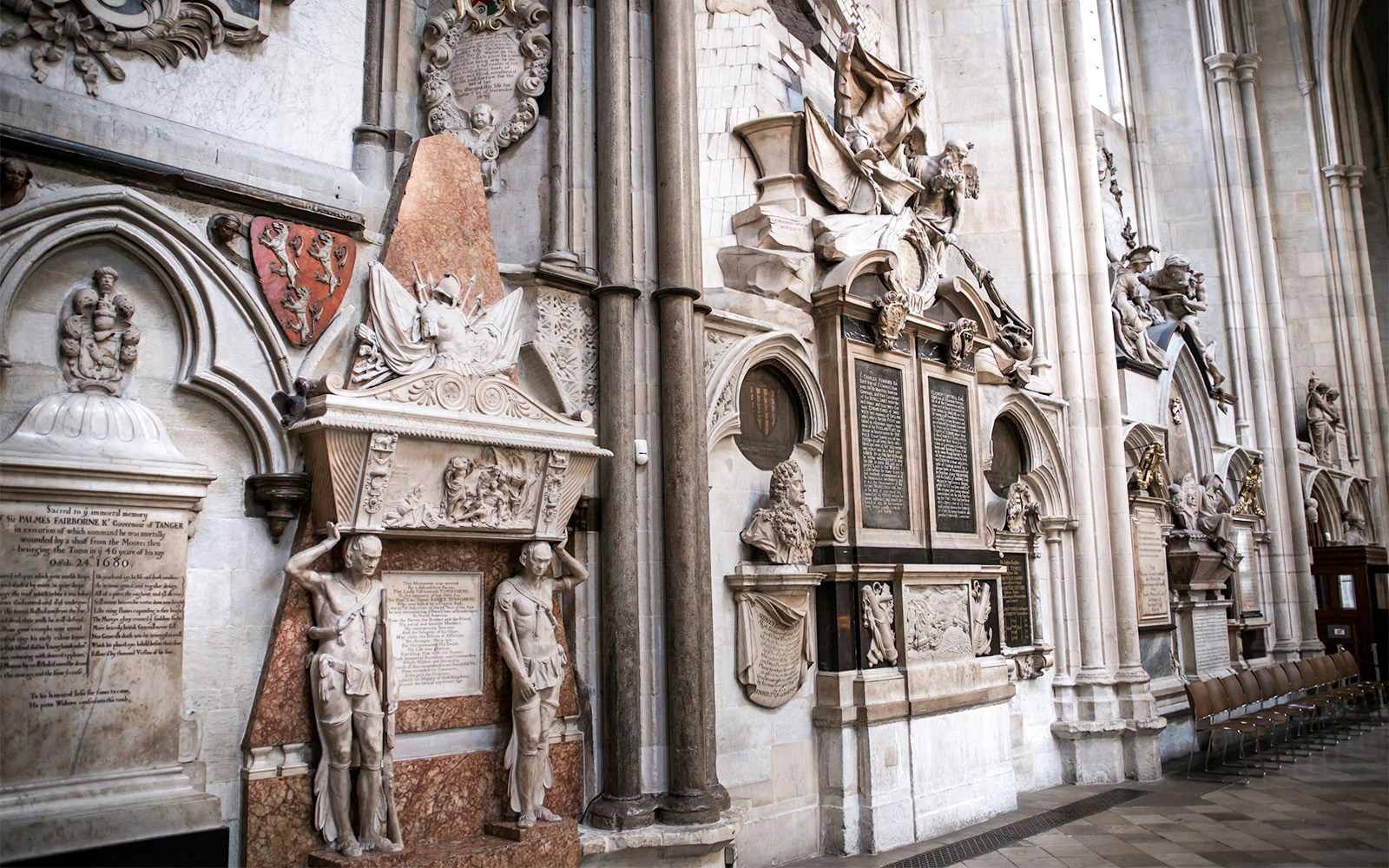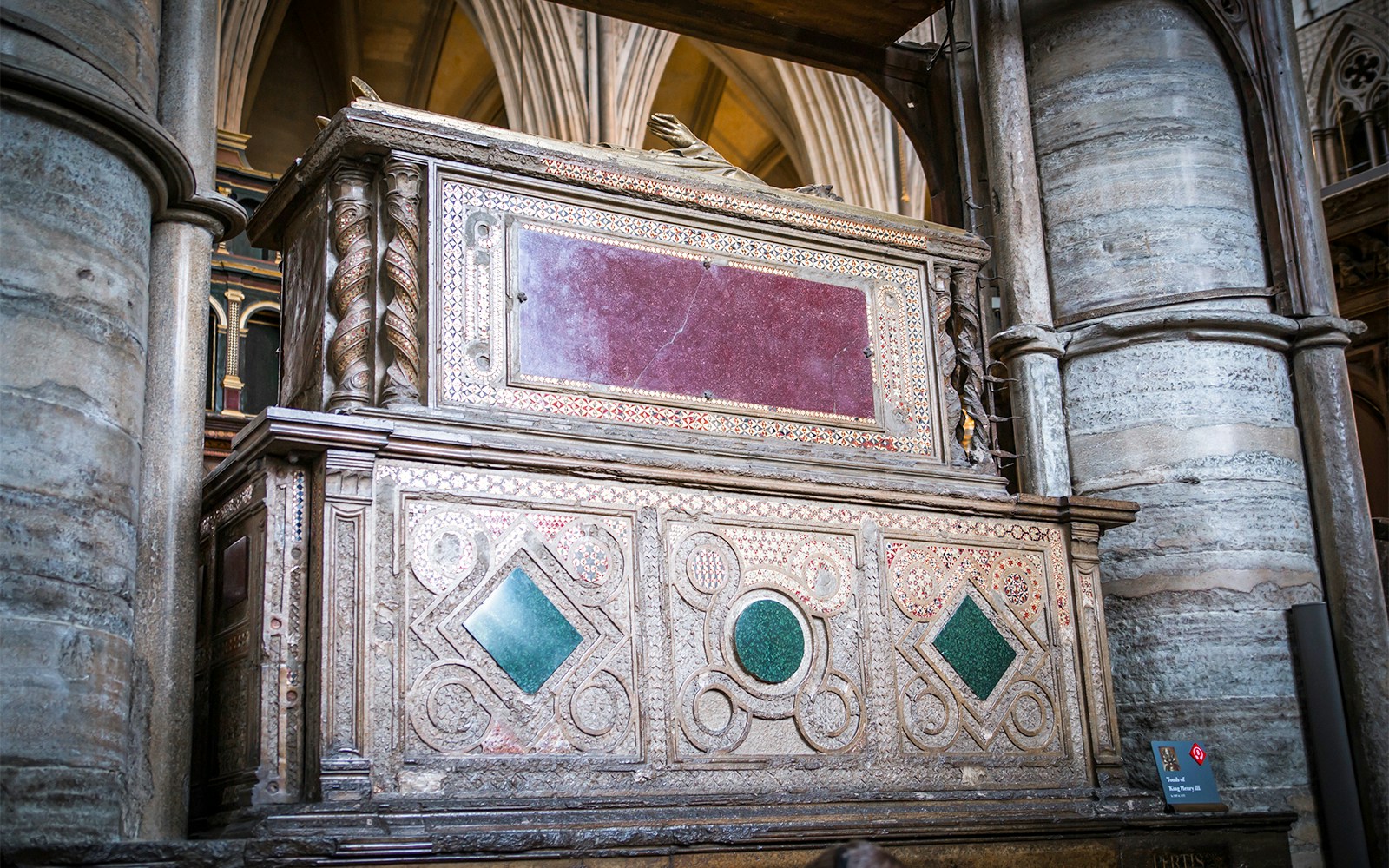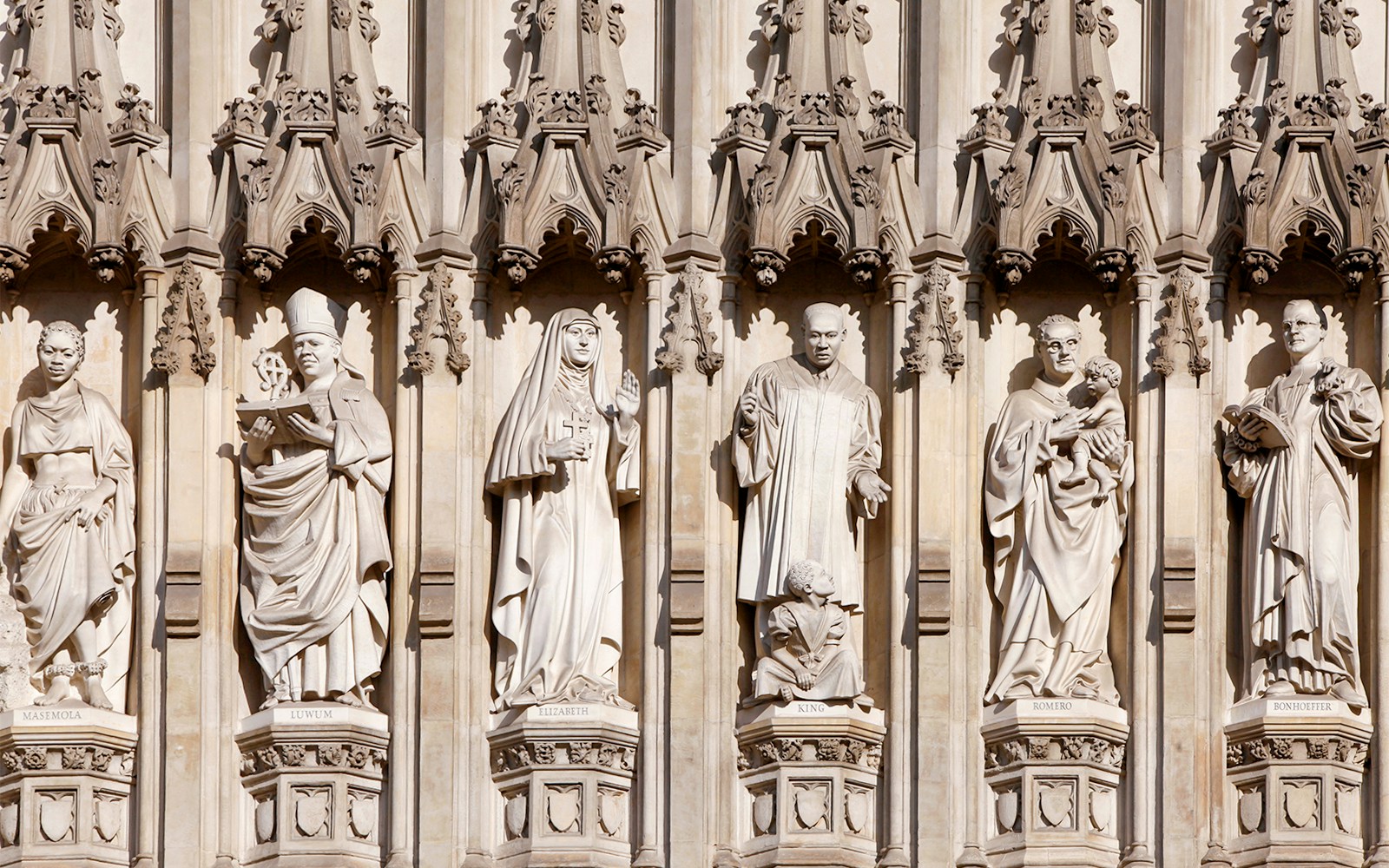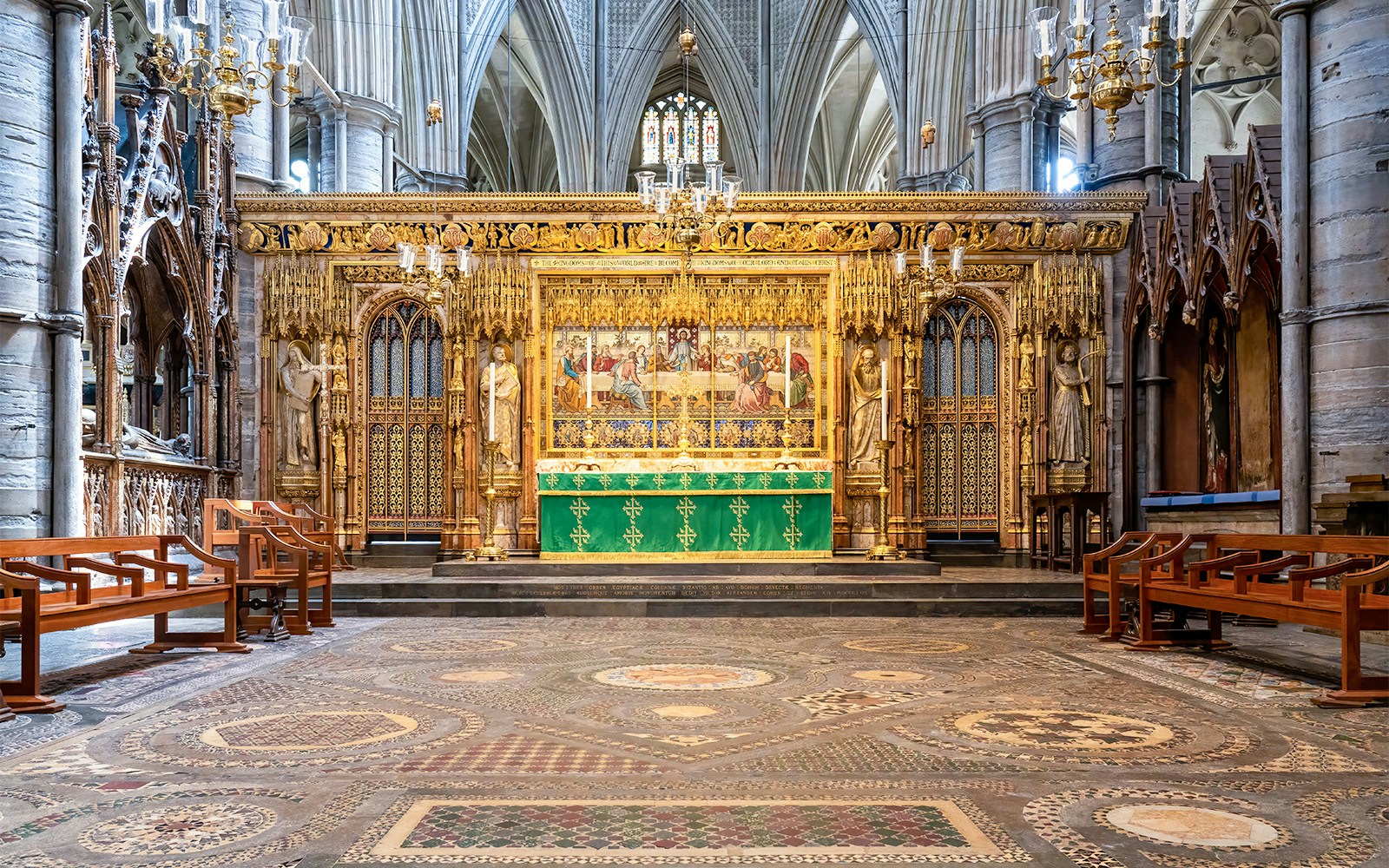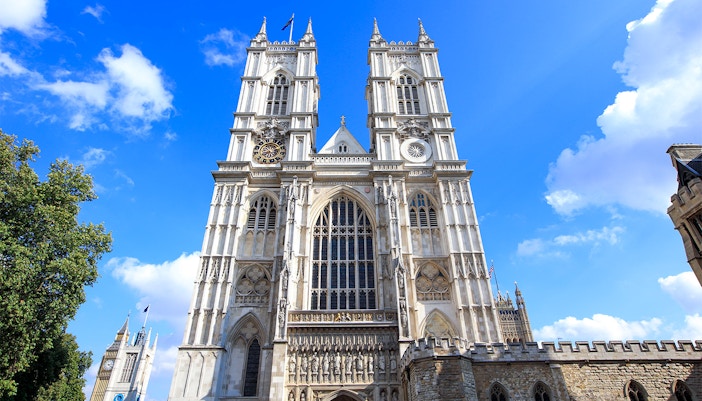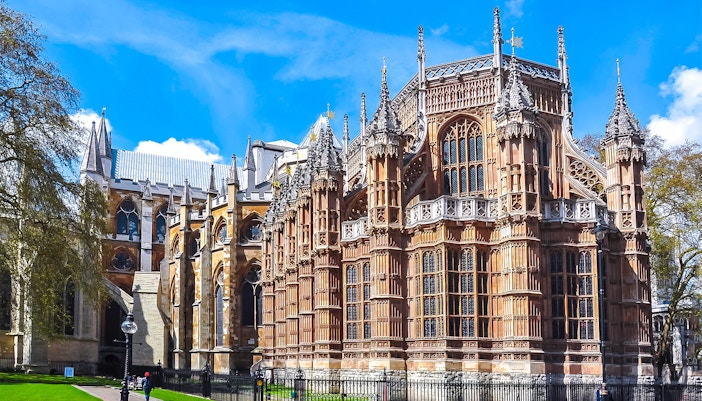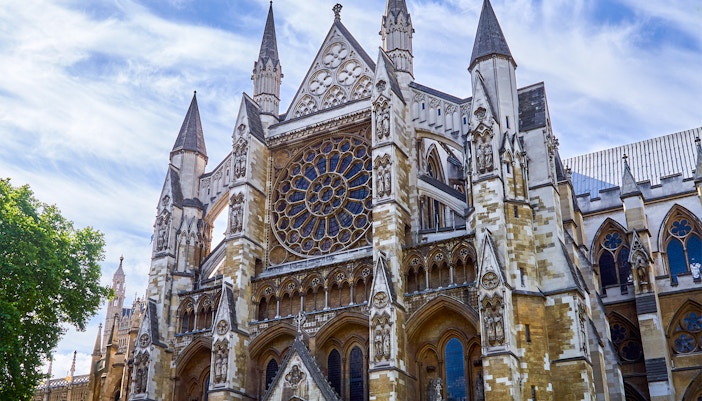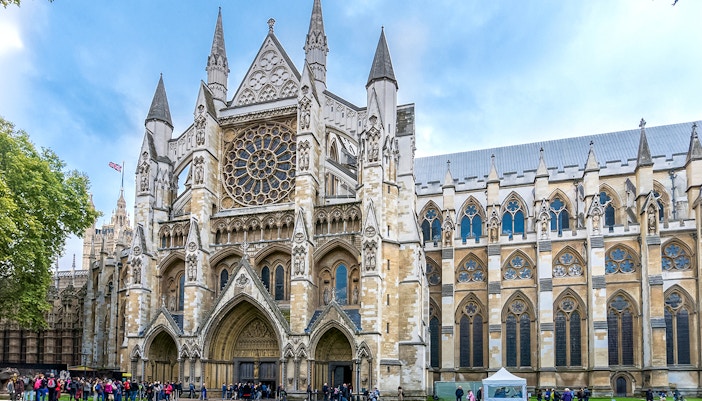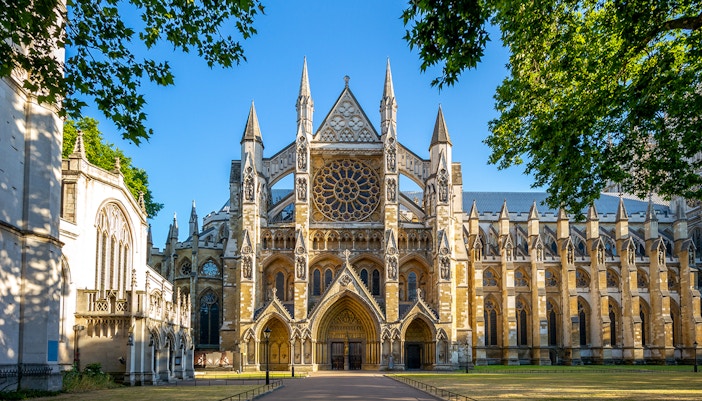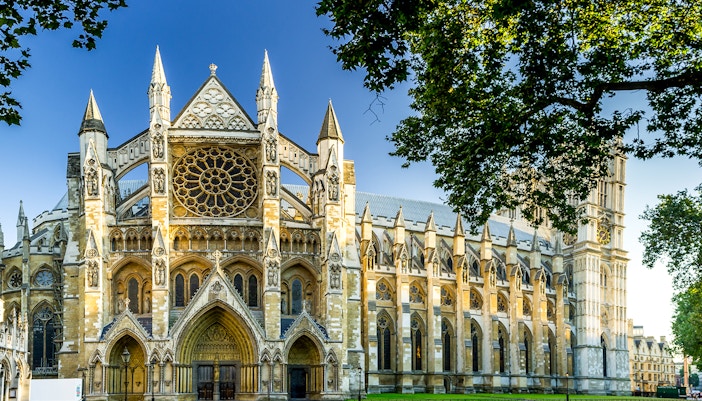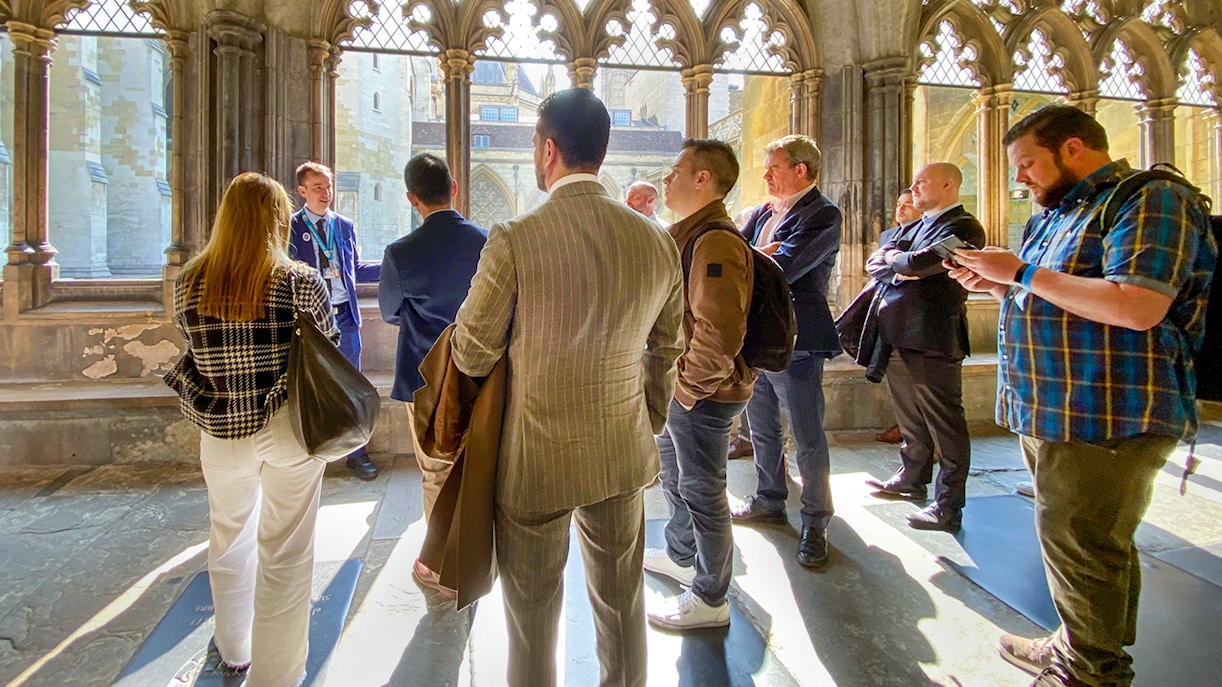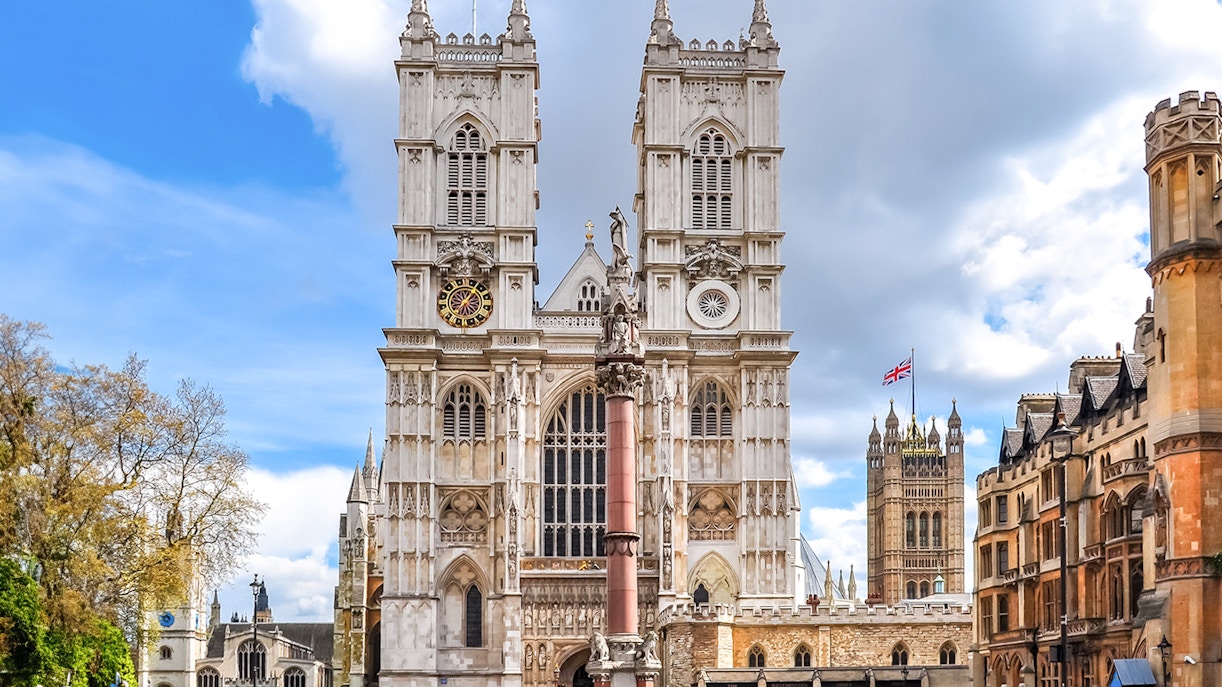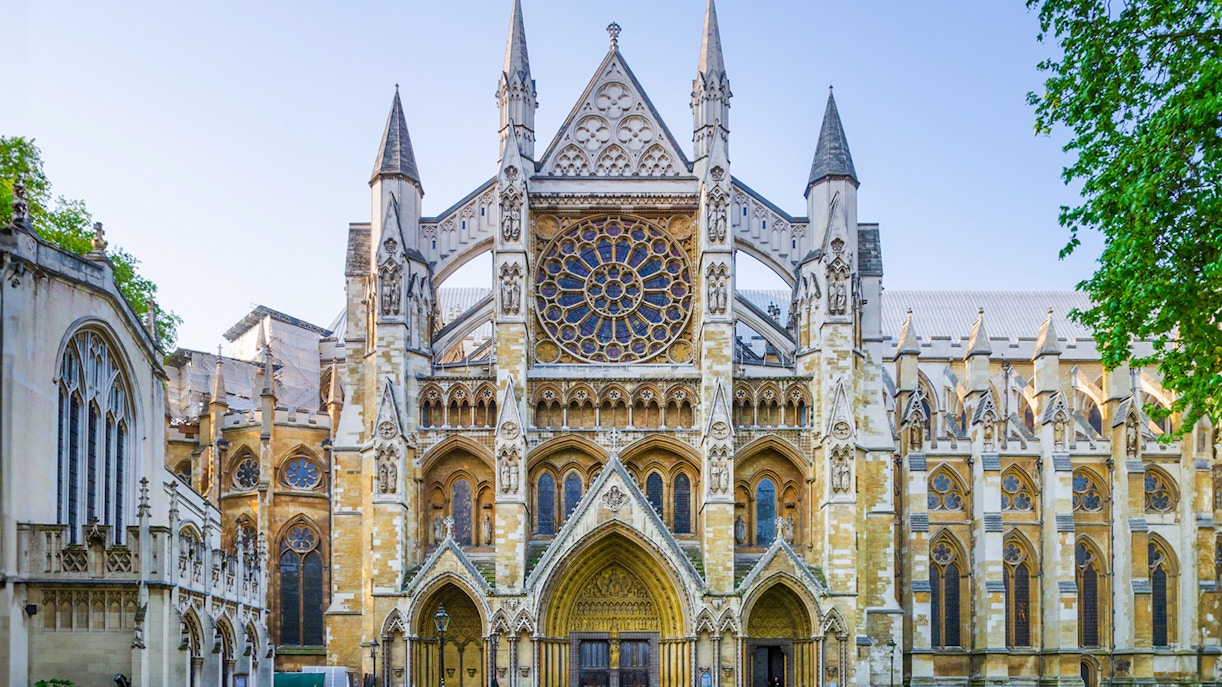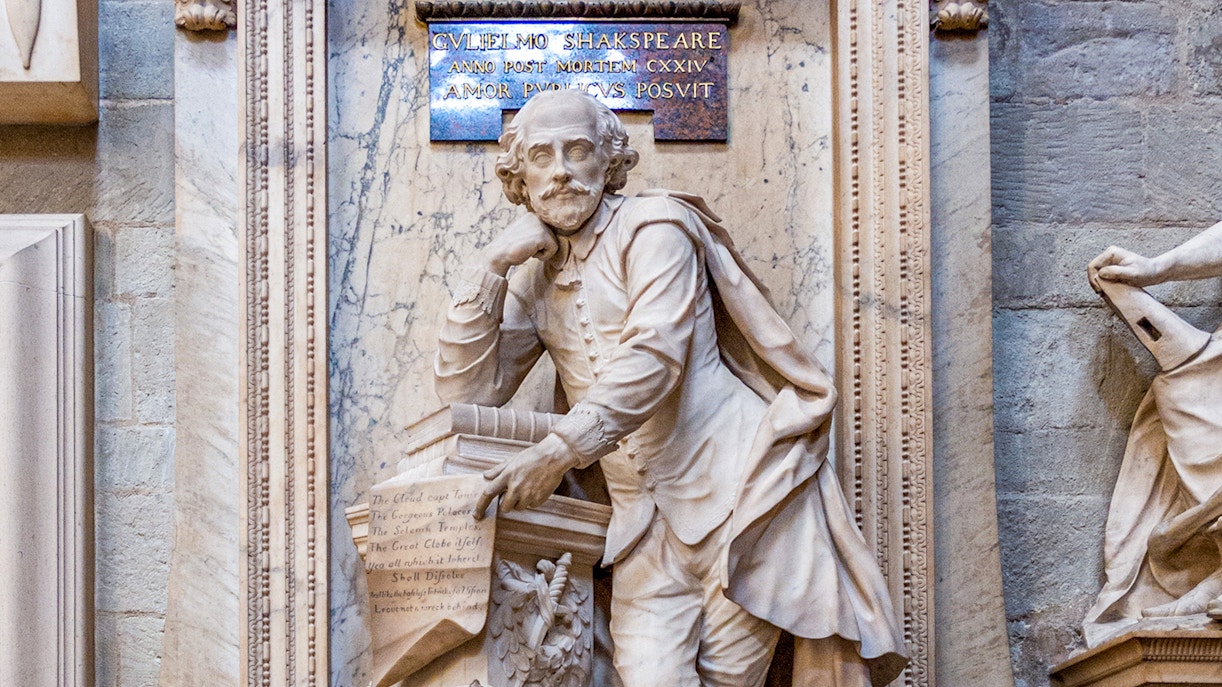- Foundation and purpose: Henry VII planned the chapel in 1502. It was first meant to honor Henry VI, but later became Henry VII’s own royal burial place.
- Construction timeline: Building started in 1503 after removing the older Lady Chapel. Work finished in 1516, almost six years after Henry VII had died.
- Architectural significance: The chapel is famous for its fan-vaulted ceiling and Gothic design. It is often called the last great work of medieval English architecture.
- Royal tombs and legacy: Henry VII and Elizabeth of York are buried here, along with fifteen other royals, including Elizabeth I, Mary I, and Mary, Queen of Scots.
- Religious and political symbolism: Henry VII wanted the chapel to honor the Virgin Mary while also showing Tudor strength by making it the main burial site for his family.
- Continued significance: Since 1725, the chapel has been linked to the Order of the Bath. Knights’ banners still hang inside, marking their ongoing ceremonial role.
History of Henry VII Lady Chapel
